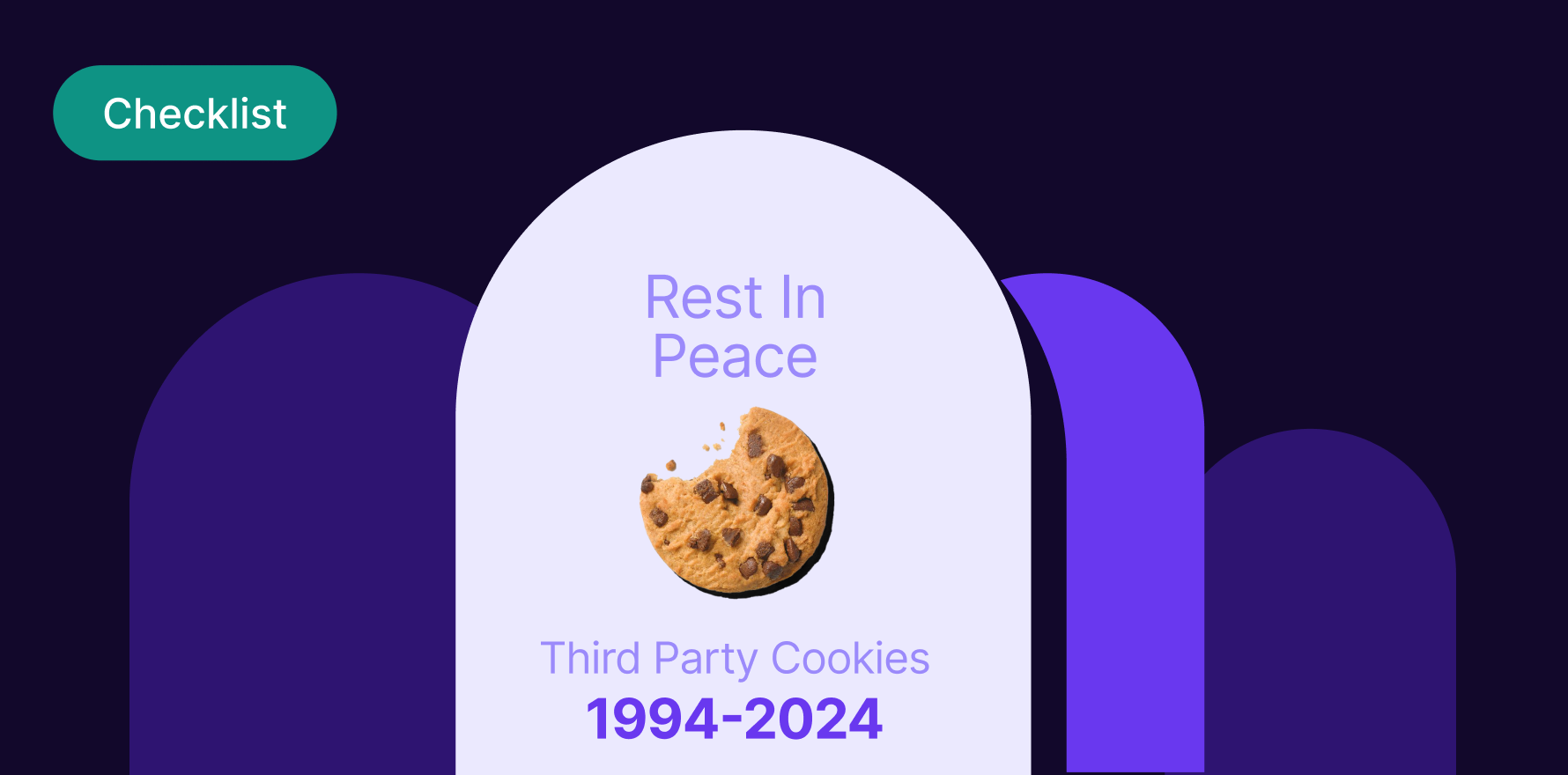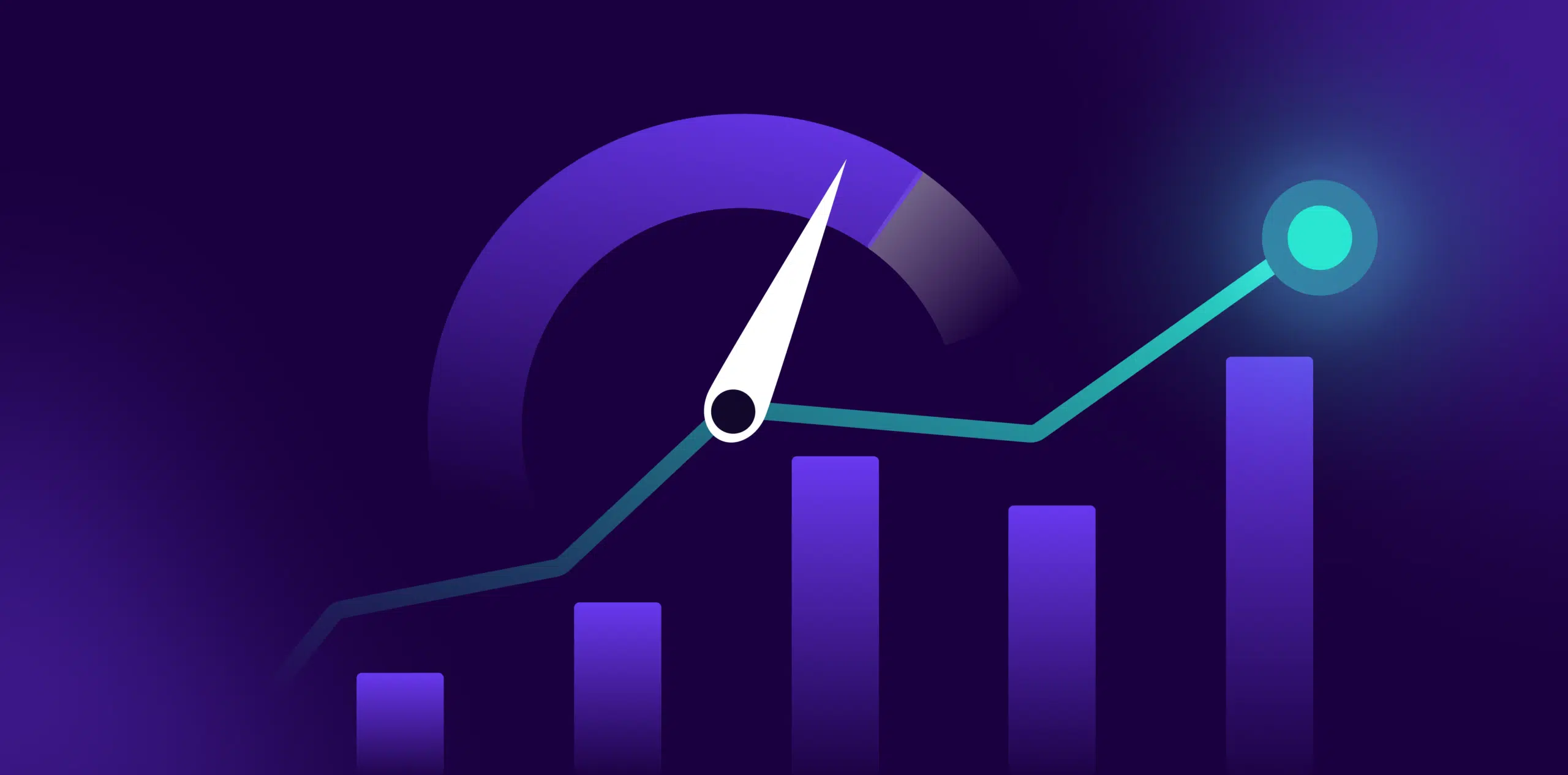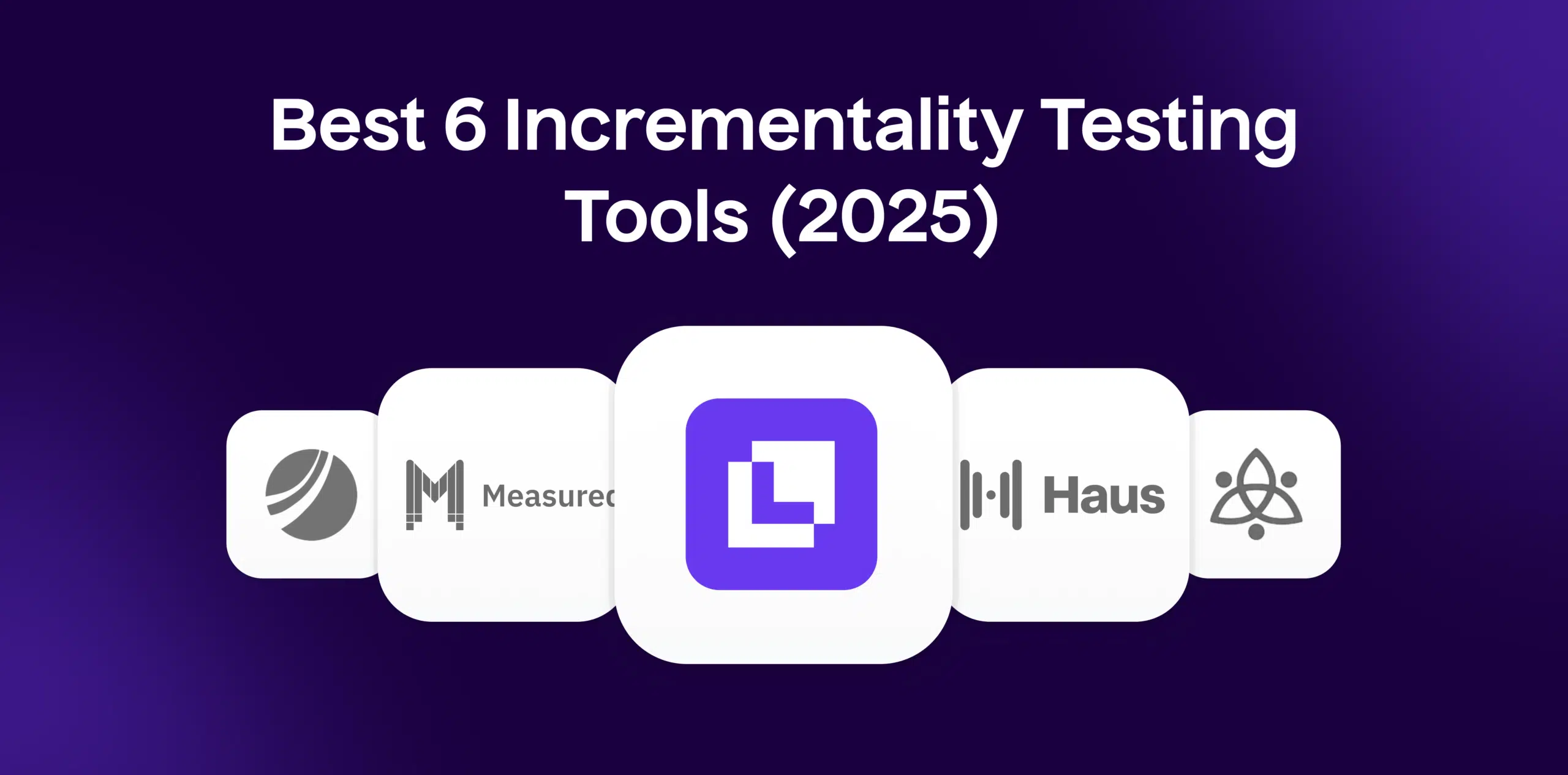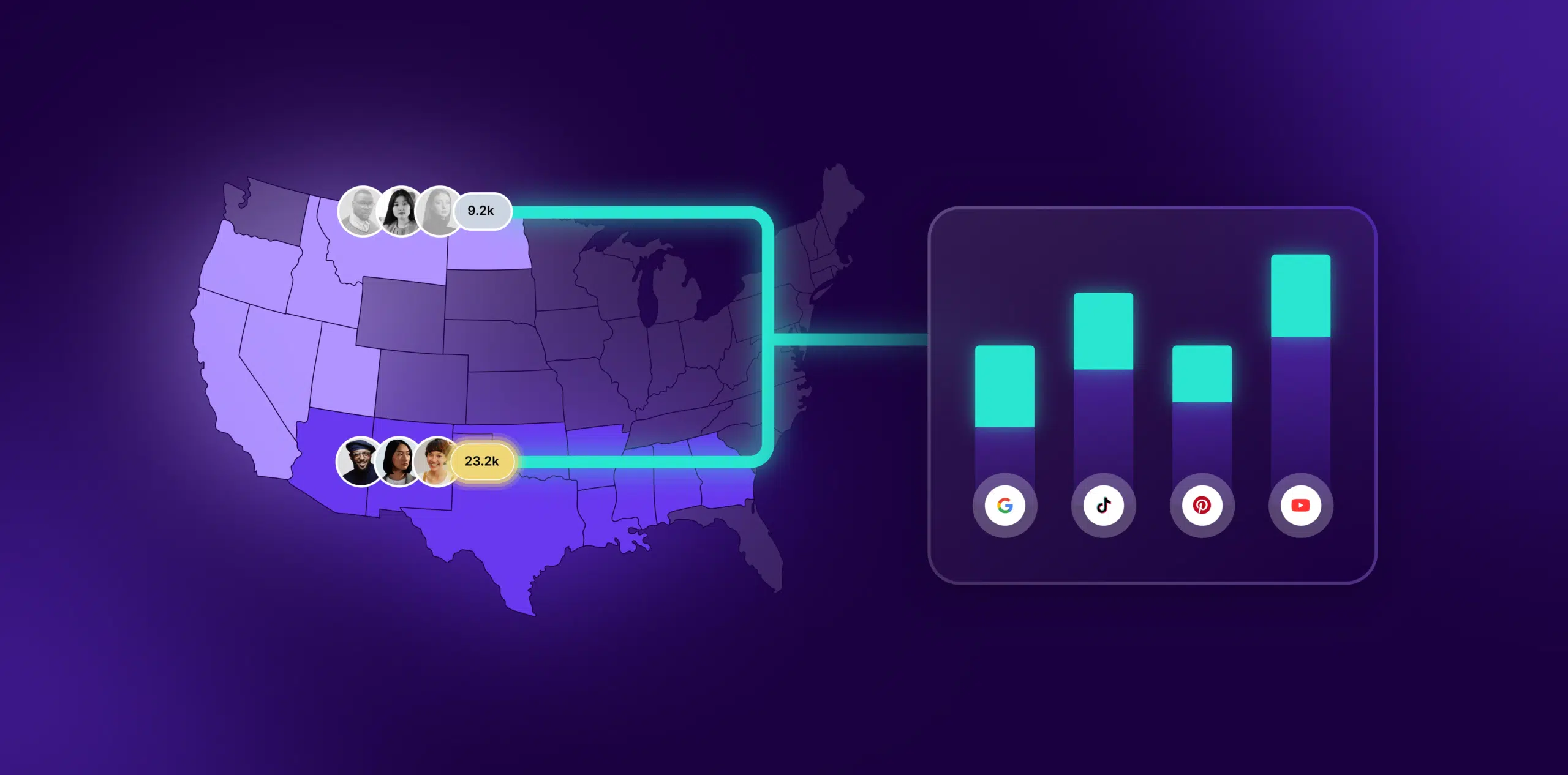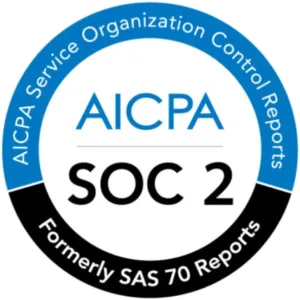What is Cart Abandonment Rate on Website?
Cart Abandonment Rate on Website (CARW) refers to the percentage of online shoppers who add products to their online shopping cart but exit without completing their transaction. It measures the number of ‘almost transactions’ against the number of actual transactions, often revealing a gap in an ecommerce store’s conversion process.
Formula
Cart Abandonment Rate on Website = (Number of Abandoned Carts on website / Number of Initiated Transactions on Website) * 100
Example
Let’s say an ecommerce website had a total of 1,000 shopping carts created in a month and out of them, only 600 transactions were completed. This would give a Cart Abandonment Rate of 40% using the formula [(1000-600)/1000]*100 = 40%
Why is Cart Abandonment Rate on Website important?
CARW is a vital metric as it sheds light on potentially lost sales and missed conversion opportunities. A high CARW indicates room for process improvement, potentially leading to better customer satisfaction and increased sales.
Which factors impact Cart Abandonment Rate on Website?
Numerous factors can impact CARW. These can range from confusing navigation, slow website speed, a complex checkout process, limited payment methods, unexpected shipping costs, concerns about the security of payment information, a mandatory account creation requirement, or even simply a lack of customer intent to purchase.
How can Cart Abandonment Rate on Website be improved?
Some strategies to improve CARW can include optimizing the checkout process by reducing the number of steps, offering a guest checkout option, providing diverse payment options, offering free shipping, and transparently displaying all costs upfront. Regularly reviewing site navigation, functionality and user experience can also lead to significant reductions in CARW.
What is Cart Abandonment Rate on Website’s relationship with other metrics?
CARW directly impacts other key ecommerce metrics. For example, the conversion rate (the percentage of visitors who complete a purchase) will decrease if the CARW is high. Similarly, a high CARW will also decrease a site’s average order value (AOV). Effectiveness of remarketing efforts can also be measured by analyzing changes in CARW.
Free essential resources for success
Discover more from Lifesight



